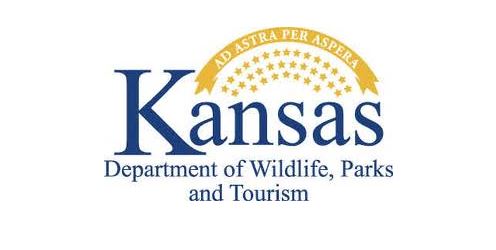The Plains Minnow was once an abundant native fish species in the sandy streams and rivers of the Kansas and Arkansas river basins, but its numbers have substantially declined statewide since 1970. These declines have long been attributed to changes in streamflow volumes and patterns due to groundwater mining and surface water diversions – such as dams, levees, pumping stations, irrigation canals, or other manmade structures.
The Plains Minnow was listed as a Species in Need of Conservation in 1987 prior to being reclassified as Threatened in 2003 under the Kansas Nongame and Endangered Species Conservation Act. Still, 19 years later, not all was lost.
Over the past two years, staff with the Kansas Department of Wildlife and Parks collected more than 250 mature Plains Minnows from the Salt Fork Arkansas River in Barber County in hopes of propagating the species. The adult fish were transported to the Department’s Kansas Aquatic Biodiversity Center in Farlington, KS where they were carefully managed to be captively propagated and reared for release into areas where they once thrived. KDWP recently announced its efforts have paid off.
The initial adult population of Plains Minnows collected from the wild by KDWP has since grown to more than 2,500 captive-bred fish large enough for stocking in native waters, which is exactly what was done on Monday, Nov. 7th.
To learn more about threatened and endangered species in Kansas – including the recovery plans KDWP has in place to guide research and management of listed species – click here.








